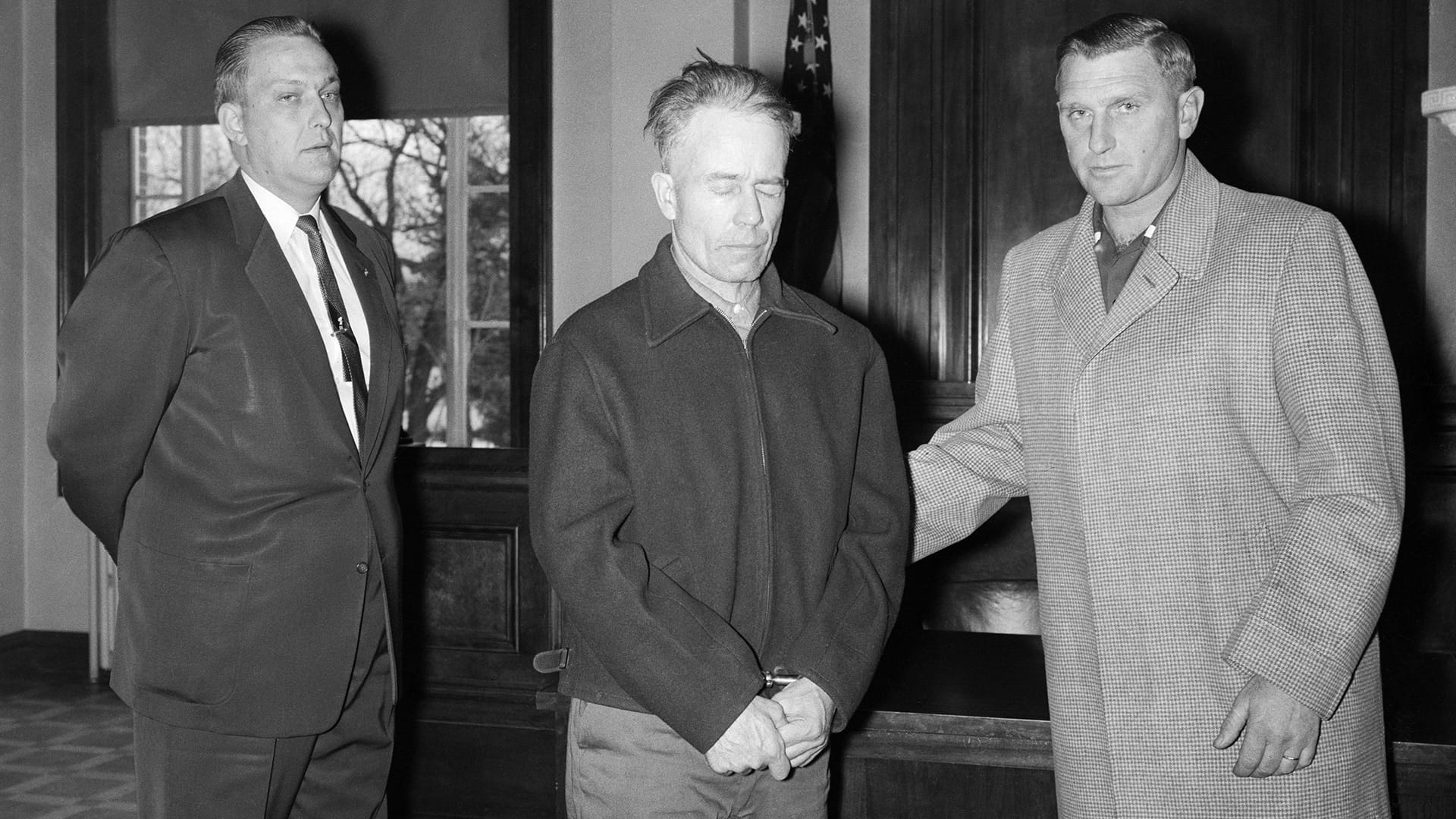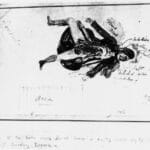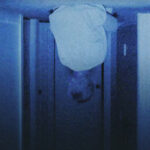Delve into the macabre with these chilling ed gein crime scene photos. Uncover the grim reality behind the infamous Whitechapel murders with these haunting jack the ripper victim photos.
Ed Gein. The name itself evokes images of unspeakable horror. His crimes, committed within the seemingly ordinary confines of his Wisconsin farmhouse, continue to shock and disturb. This exploration of the Ed Gein crime scene photos isn’t about gratuitous gore. Instead, it aims to shed light on the disturbing reality of his crimes, the possible psychological factors that may have contributed to them, and the lasting impact they’ve had on popular culture. Be warned: this journey into the mind of a disturbed individual is not for the faint of heart.
Inside Gein’s Farmhouse: A Glimpse into Hell
The exterior of Ed Gein’s farmhouse belied the horrors within. Photographs taken at the crime scene reveal a macabre tableau. Furniture upholstered with human skin. Lampshades crafted from the same grotesque material. Skulls adorning bedposts. A belt fashioned from nipples. These aren’t props from a horror movie; they are documented realities captured in chilling crime scene photographs. These images offer a glimpse into a mind so disturbed that it’s difficult to comprehend.
A Troubled Past: Seeds of a Disturbed Mind?
To understand Gein’s horrific acts, we must examine his early life. Growing up under the oppressive control of a fanatically religious mother who instilled in him a deep fear of women and the outside world, and with a weak, alcoholic father offering no alternative, Gein’s childhood was far from normal. Experts suggest this warped upbringing may have planted the seeds of his later atrocities. The deaths of his family members, leaving him alone in the isolated farmhouse, likely further fueled the darkness within him.
The Vanishing of Bernice Worden: Unmasking the Horror
The disappearance of Bernice Worden in November 1957 triggered the investigation that uncovered the full extent of Gein’s depravity. The ensuing search led police to his doorstep, where they found a scene beyond imagination. Among the gruesome discoveries were Bernice Worden’s remains. Each photograph from the crime scene serves as a chilling testament to the depths of Gein’s madness.
The Legal Labyrinth: Navigating the Insanity Plea
The legal proceedings following Gein’s arrest highlighted the complexities of the insanity plea. Initially found guilty, he was later declared legally insane and committed to a mental institution. Deemed competent to stand trial for Bernice Worden’s murder, he was again acquitted by reason of insanity. This legal back-and-forth sparked debate: does the insanity plea serve justice, or does it offer a loophole for accountability?
Gein’s Enduring Shadow: A Macabre Muse
The photographic evidence from the Ed Gein crime scene, while deeply disturbing, has exerted a strange and unsettling fascination for decades. Its influence is evident in popular culture, notably within the horror genre. Films like Psycho, The Texas Chainsaw Massacre, and The Silence of the Lambs draw inspiration from Gein’s crimes. This raises a complex question: how can such horrific acts inspire artistic expression? Gein’s legacy remains a complicated mix of revulsion, fascination, and a chilling reminder of the fragility of the human psyche. Even today, researchers continue to study the case, seeking to understand the factors that contributed to Gein’s descent into madness.
Ed Gein’s House of Horrors: A Detailed Inventory
Stepping into Ed Gein’s farmhouse was like stepping into a nightmare. Following the disappearance of Bernice Worden in 1957, investigators entered a scene that defied comprehension. The stench of decay likely permeated the air as they followed a blood trail and discovered a sales slip bearing Worden’s name. This hinted at violence, but nothing could have prepared them for the macabre spectacle within.
The house wasn’t merely cluttered; it was a grotesque distortion of a home. Chairs upholstered with human skin. Lampshades made of the same material, casting an eerie glow. Skulls fashioned into bowls. A belt crafted from nipples. The “woman suit,” a horrifying patchwork of human skin, suggested Gein’s desire to inhabit the bodies of his victims. Jars filled with preserved organs completed the macabre collection.
Gein’s confession offered a glimpse into his disturbed mind. He admitted to robbing graves and to the murders of Bernice Worden and Mary Hogan. While he denied necrophilia, claiming he only experimented with the bodies, the evidence suggests otherwise. His life story, marked by a domineering mother and social isolation, hints at a complex psychological profile. Some experts believe Augusta’s distorted worldview and pronouncements on female sexuality may have contributed to Gein’s warped psyche. Undiagnosed mental illnesses likely also played a significant role.
The legacy of the Ed Gein case extends beyond the confines of that farmhouse. While the house itself was destroyed by fire in 1958, the horrors it contained continue to resonate within forensic psychology and criminology. The case spurred further investigation into the nature of evil, raising questions about nature versus nurture and the definitions of sanity and insanity. It also had a profound impact on popular culture, inspiring films like Psycho, The Texas Chainsaw Massacre, and The Silence of the Lambs. These films tap into our morbid fascination with the macabre, prompting us to question what draws us to such disturbing stories.
Deconstructing the Macabre: How Gein Created His Collection
Ed Gein’s house was a canvas for his disturbed imagination, a horrifying gallery of macabre creations assembled from the remains of the dead. Each item reflected a deeply troubled mind. This section delves into the how and why of Gein’s actions, exploring the possible motivations behind this horrific “artwork.”
His difficult childhood, marked by a controlling mother, a near-absent alcoholic father, and likely undiagnosed mental illness, probably laid the groundwork for his later atrocities. Growing up in an atmosphere of religious fervor and emotional suppression likely skewed his understanding of healthy relationships, particularly with women, potentially contributing to his later fixation on female bodies.
It likely began with grave robbing. Under cover of darkness, Gein would exhume bodies, driven by something more than mere curiosity. He was a harvester, gathering raw materials for his twisted creations.
The photographs inside his farmhouse reveal the extent of his disturbing handiwork. Chairs upholstered with human skin. Lampshades made of the same material. Skulls repurposed as bowls. The “woman suit,” a grotesque garment seemingly waiting for its wearer. These weren’t just trophies; they were disturbing works of art—a macabre fusion of craftsmanship and madness. Each item raises troubling questions about his mental state: What drove him to transform human remains into these unsettling objects? Was it a morbid fascination with death, a desire to possess the essence of his victims, or something even more sinister?
Experts suggest a multitude of factors may have contributed to his horrific acts. His overbearing mother, his social isolation, and potential undiagnosed mental illnesses, such as schizophrenia or necrophilia, likely combined to create a perfect storm of psychological disturbance. Some believe his obsession with his deceased mother played a significant role, while others point to a broader fascination with anatomy and a desire to create a female “suit.” The truth likely lies in a complex interplay of these factors.
Gein’s legacy reaches far beyond his Wisconsin farmhouse. His crimes have permeated popular culture, serving as a dark inspiration for horror films like Psycho, The Texas Chain Saw Massacre, and The Silence of the Lambs. This raises complex ethical questions: How do we reconcile the entertainment value of these films with the horrific inspiration behind them? The debate continues.
Our understanding of Ed Gein and his motivations is still evolving. While some facts are undeniable, many aspects of his case remain shrouded in mystery, encouraging ongoing exploration and reminding us of the complexities of the human mind, especially when grappling with the darkest corners of human behavior.
| Aspect of Ed Gein’s Case | Potential Contributing Factors | Ongoing Research Areas |
|---|---|---|
| Childhood Environment | Domineering mother, alcoholic father, religious extremism, social isolation | Impact of early trauma on personality development |
| Psychological Profile | Potential schizophrenia, necrophilia, other personality disorders | Further exploration of potential diagnoses and their interplay |
| Motivations for Crimes | Obsession with mother, fascination with anatomy, desire for female companionship | Deeper understanding of the psychological drivers behind his actions |
| Impact on Popular Culture | Inspiration for horror films, ethical considerations of portraying real-life atrocities | Examining the relationship between true crime and entertainment |
By acknowledging the limitations of current knowledge and continuing to explore the factors that may have contributed to Gein’s crimes, we can hopefully gain a deeper understanding of the dark side of human nature.
Unveiling the Depths of Depravity: Newly Released Crime Scene Photos
Ed Gein’s story is more than just the shocking discoveries made in his farmhouse; it’s a chilling exploration of a disturbed mind. We will delve into this dark chapter, examining not just the “what” but also the possible “why” behind his crimes. Rarely seen crime scene photos offer a disturbing window into Gein’s world, raising important questions about the human psyche and the ethical implications of confronting such gruesome evidence.
Ed Gein’s childhood was far from healthy. His overbearing and intensely religious mother, Augusta, filled his world with fear and warped perceptions. His alcoholic and largely absent father added another layer of instability. This likely created a breeding ground for isolation and emotional turmoil.
After his family’s death, Gein became increasingly reclusive, retreating into the farmhouse and his twisted inner world. His fascination with death morphed into a morbid obsession that led him to rob graves. This suggests a deep psychological disturbance, a need to connect with the dead in a way most find incomprehensible.
The never-before-seen photographs from the crime scene paint a horrific picture. Furniture upholstered with human skin. Lampshades made from human skin. Bowls made from skulls. These aren’t mere decorations; they are evidence of a deeply disturbed mind. They raise chilling questions: Was this a twisted form of artistic expression? An attempt to keep the dead “alive”? Or simply pure evil? Experts continue to debate Gein’s motivations, and these photos offer a disturbingly real glimpse into his world.
Gein’s case isn’t just a shocking true crime story; it provides valuable insights into criminal psychology. How could someone seemingly ordinary descend into such depravity? The crime scene photos, as disturbing as they are, are invaluable pieces of the puzzle. They offer a chance to explore the potential psychological factors that contributed to his horrific acts.
The small town of Plainfield, Wisconsin, was understandably traumatized by Gein’s crimes. The discovery of such horrors shattered their sense of peace and security. The emotional scars likely run deep.
Ed Gein’s case continues to resonate, influencing popular culture and inspiring fictional characters like Leatherface, Norman Bates, and Buffalo Bill. The never-before-seen crime scene photos, while undeniably disturbing, hold historical significance and provide context for understanding the origins of these fictional characters. However, displaying such graphic material raises ethical questions. Does it serve a historical purpose, contribute to our understanding of criminal psychology, or simply cater to morbid curiosity? The debate continues.
While we can examine the evidence, analyze psychological theories, and discuss cultural impact, the true depths of Ed Gein’s mind may always remain a chilling mystery. The photos, though disturbing, remind us of the importance of ongoing research and the constant evolution of our understanding of criminal behavior.

![Ed Gein's House of Horrors: Rare Crime Scene Photos and the Disturbing Truth Ed Gein [Misc.]](https://www.lolaapp.com/wp-content/uploads/2024/11/ed_gein_crime_scene_photos-150x150.jpg)











2 thoughts on “Ed Gein Crime Scene Photos: A Descent into Madness”
Comments are closed.